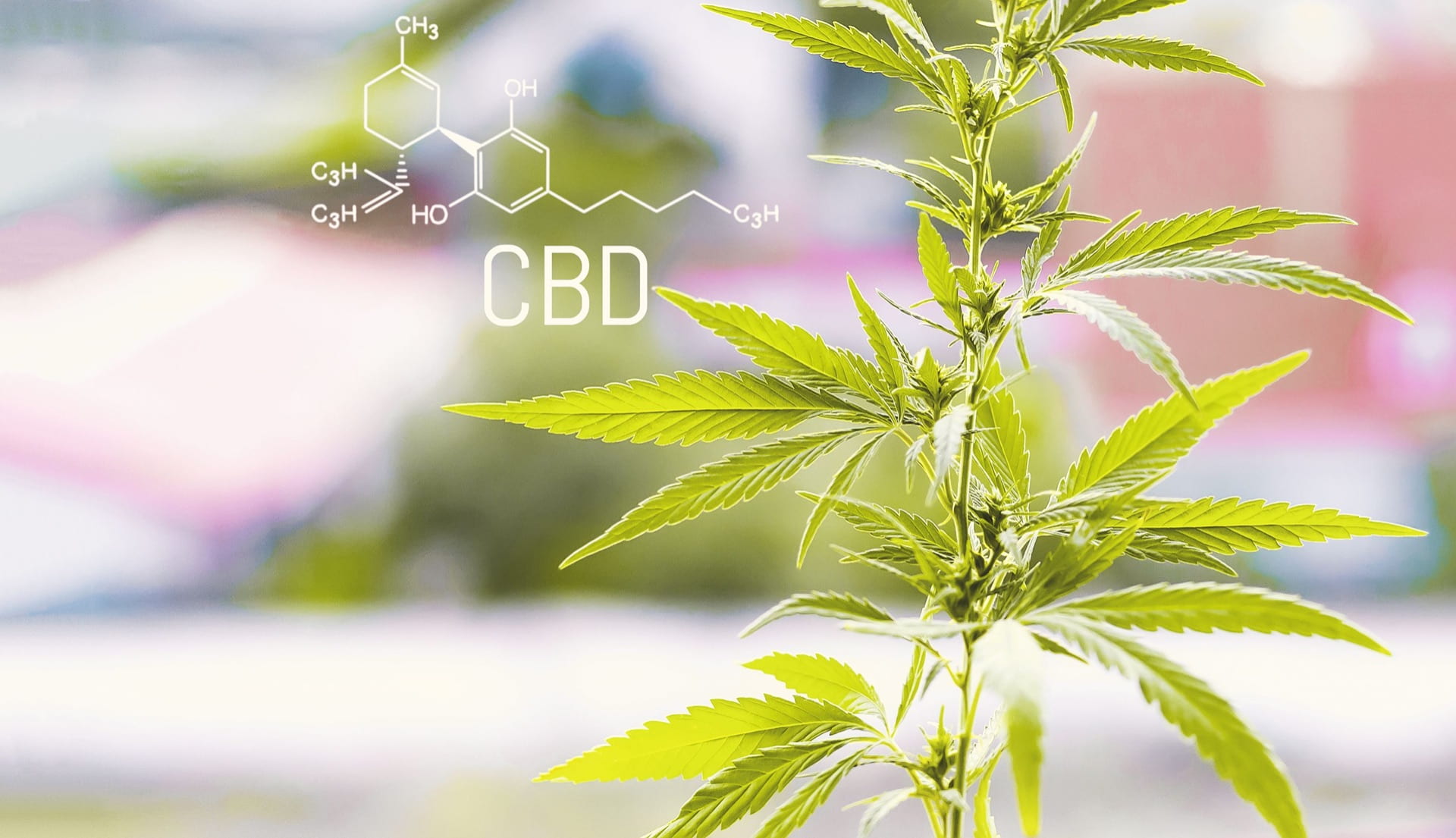Bodenhamer Fellow Sabrina Jones, a rising sophomore majoring in biology/biophysics and Spanish, has gotten a jump start on research. She published an article (as first author!) in the medical journal Xenobiotica her freshman year, based on summer research conducted at University of Arkansas for Medical Sciences (UAMS) before she arrived on the U of A campus. Sabrina’s work sheds light on one of the latest forms of synthetic cannabinoids, FDU-PB-22, which metabolizes differently in the body. This may be helpful – or deadly – depending on who has accessed the drug. (Update: On January 31, 2020, Sabrina had another article published — again as first author — in Pharmacology Research & Perspectives. This paper focuses on another synthetic cannabinoid, STS-135.)
1. When and how did you connect with UAMS about doing research there?I actually did research there in the summer before my senior year of high school. I was interested in research but didn’t know how to get involved. My mom made some calls to gather information, and I applied for and got an internship through the UAMS Center for Diversity Affairs. I worked on a metabolic pathway that may be connected to tumor cell formation. I made a connection with the chancellor of the center, and he said if I applied, I could do research again the next summer. So, it just kind of worked out!
2. Tell me about synthetic cannabinoids. How long have they been around, and how dangerous are they? They’re the active ingredient in K2 and Spice. Originally, they were made to study the endocannabinoid system in the human body, which regulates things like mood and hunger. Synthetic cannabinoids can have a similar effect to THC, the active ingredient in marijuana, and people started to abuse them. They’re mixed, sprayed on plantlike materials and sold for recreational use, with varying degrees of legality. The first synthetic cannabinoids were made in the early 2000s.
The problem with synthetic cannabinoids is that once your body starts to break them down, the metabolic byproducts are sometimes still active and can continue to bind with cannabinoid receptors in your brain. Some of the common side effects are paranoia, seizures and bleeding. People have died after ingesting these. Some people can take one and have no reaction, and then take another and have a really bad reaction, because there are different pathways for metabolizing these, and people elicit different responses based on their biochemistry.
3. What does your research contribute to our understanding? My study identified the enzymes used to metabolize the synthetic cannabinoid FDU-PB-22. This is a third-generation synthetic cannabinoid and hasn’t been studied much. (People continue to make small modifications to structures so that they can circumvent the regulatory system.)
Most drugs are metabolized by P450 enzymes, but my compound is not primarily metabolized by P450s – it’s metabolized by UGT enzymes. Most drugs are metabolized in the liver, but this one seems to be metabolized in other places as well – the kidney and intestines. These compounds are of interest in cancer treatment, so FDU-PB-22 could be useful for some people who may not be able to tolerate other drugs. It opens another door.
4. Tell me about what you were doing in the lab. I simulated the conditions of the human body. To identify the enzymes, I used human liver microsomes, which contain many of the enzymes expressed in the liver. Then, I turned on different families of enzymes, one at a time, and based off of data I got from a UPLC, which tells you what compounds are present in your sample, I was able to identify the UGT family as being the primary metabolizers. It was tedious work, mixing small volumes of various liquids together, waiting for the reactions to take place, and making sure to not mix up the tubes in the process!
5. Have you had a chance to start research work here at the UA? I am currently working on a neuroscience project in the lab of Dr. Woodrow Shew in the physics department. The project involves a lot of data analysis of a dataset that was collected from another research group where they recorded 10,000 neurons in the brain of mice while exposing the mice to various stimuli. I am analyzing the data for markers of something called “criticality,” which is, in simple terms, thought to be the state of balance that the brain maintains. This project involves a lot of coding, something that has definitely presented a learning curve to me, but I have been able to work on it some this summer and plan to continue it in the fall!


